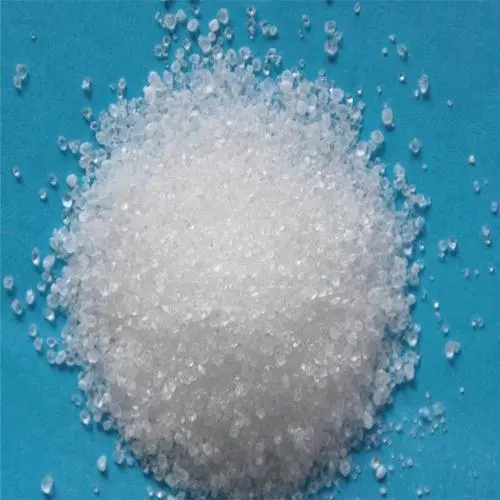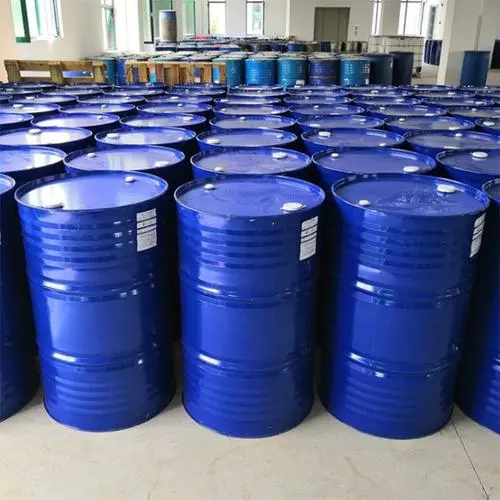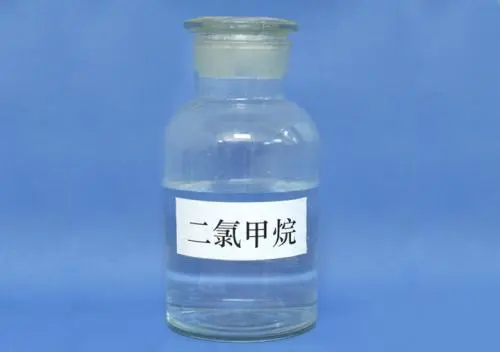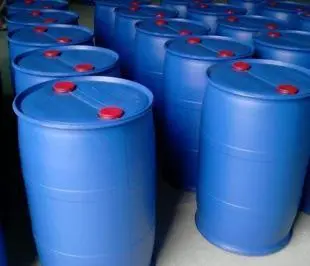Dichloromethane is an organic substance with the molecular formula CH2Cl2, a colorless transparent liquid with an irritating odor similar to that of ether.
Slightly soluble in water and soluble in ethanol and ether, it is a non-combustible low boiling solvent under usual conditions of use, and its vapor becomes highly concentrated in hot air before it produces a slightly combustible gas mixture ,
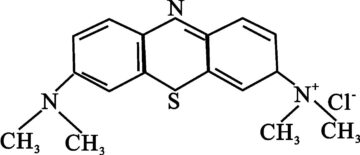
which is often used as a substitute for flammable petroleum ether, ether, etc.
On October 27, 2017, the World Health Organization’s International Agency for Research on Cancer published a preliminary list of carcinogens with reference to methylene chloride in the list of carcinogens in category 2A.
on January 23, 2019, methylene chloride was included in the list of toxic and hazardous air pollutants (2018), and on July 23, 2019, methylene chloride was included in the list of toxic and hazardous water pollutants (first batch).
1.Dichloromethane chemical properties
Basic properties
Methane is a compound formed when two hydrogen atoms in a methane molecule are replaced by chlorine.
Dichloromethane is a colorless, transparent, heavier-than-water, volatile liquid with an ether-like odor and a sweet taste,
which does not burn, but forms explosive mixtures when mixed with high concentrations of oxygen.
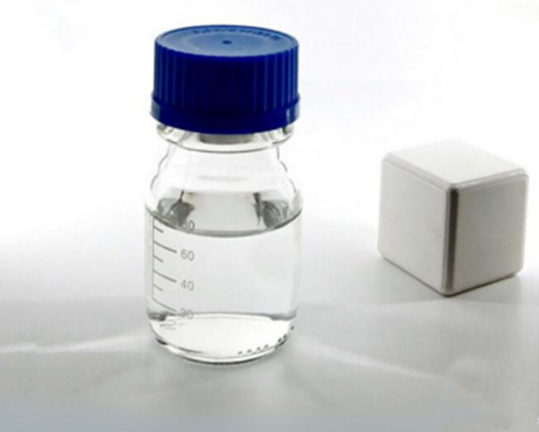
Dichloromethane is slightly soluble in water, miscible with most common organic solvents, and miscible with other chlorine-containing solvents, ether, and ethanol in any proportion.
Dichloromethane can be quickly dissolved in phenols, aldehydes, ketones, glacial acetic acid, triethyl phosphate, formamide, cyclohexylamine, ethyl acetoacetate.
Containing an equal volume of methylene chloride and gasoline, solvent naphtha or toluene solvent mixture is not flammable, however,
when methylene chloride is mixed with acetone or methanol liquid in a 10:1 ratio,
the mixture has a flash point, the vapor and air to form an explosive mixture, the explosive limit of 6.2% to 15.0% (by volume). Dichloromethane is the least toxic of methane chloride,
its toxicity is only 0.11% of the toxicity of carbon tetrachloride.
If methylene chloride is splashed directly into the eyes, there is a painful sensation and corrosive effect. The vapor of dichloromethane has a narcotic effect.
When there is a serious risk of poisoning should be immediately removed from contact and moved to fresh air, some symptoms of poisoning will be alleviated or disappear, and will not cause lasting damage.
Environmental Behavior
Hazardous characteristics: Combustible when exposed to high heat in open flames.
Decomposition by heat can emit highly toxic phosgene. If exposed to high heat, the internal pressure of the container increases and there is a risk of cracking and explosion.
Stability
1. Very little toxicity and quicker awakening after poisoning, so it can be used as anesthetic.
It is irritating to skin and mucous membrane. Oral LD50 in young adult rats: 1.25mL/kg.
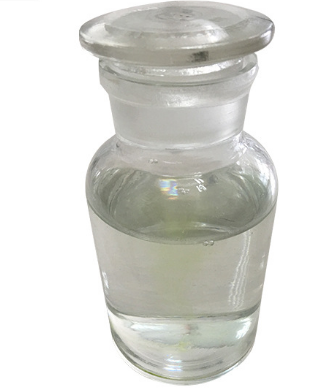
500×10-6 maximum permissible concentration in air. gas mask should be worn during operation, remove from the scene immediately after poisoning is detected and treat symptomatically.
It is the smallest in the chloride of methane. The vapor is highly narcotic, and large amounts of inhalation will cause acute poisoning with nasal pain, headache, vomiting and other symptoms.
Chronic poisoning causes blurred eyes, fatigue, loss of appetite, impaired hematopoiesis, and decreased red blood cells.
Liquid methylene chloride in contact with the skin causes dermatitis. Rats inhaled concentration of 90.5g/m3 vapor 90 minutes to die.
Olfactory threshold concentration of 522mg/m3, the maximum allowable concentration in the workplace is 1740mg/m3.
2. Stability: stable.
2.Methylene chloride use
Dichloromethane has the advantages of strong solubility and low toxicity, and is used in large quantities in the manufacture of safety film and polycarbonate,
and the rest is used as paint solvent, metal degreasing agent, gas fume spraying agent, polyurethane foaming agent, mold release agent and paint stripper.
Dichloromethane is a colorless liquid, used as reaction medium in pharmaceutical industry, used to prepare benzylpenicillin, hydroxybenzyl penicillin and vincristine, etc.
It is also used as solvent in film production, petroleum dewaxing solvent, aerosol propellant, organic synthesis extractant, foaming agent for polyurethane and other foam production, and metal cleaning agent, etc.
Dichloromethane is mainly used in film production and medicine in China. It accounts for 50% of the total consumption in film production, 20% of the total consumption in pharmaceuticals,
20% of the total consumption in cleaning agents and chemical industry, and 10% in other areas. Dichloromethane is also used as a refrigerant in industrial refrigeration systems,
but it is highly hazardous and can produce highly toxic phosgene when in contact with open flames or hot objects.
It can be hydrolyzed in humid air to produce trace amounts of hydrogen chloride, and light can also promote hydrolysis and increase the corrosion of metals.
Used in grain fumigation and refrigeration of low-pressure freezers and air-conditioning units.
It is used as an auxiliary foaming agent in the production of polyether urethane foam and as a foaming agent for extruded polysulfone foam.
Dichloromethane is also the substance used to make decaffeinated coffee. The coffee is first steamed so that the caffeine dissolves and floats to the surface, and then methylene chloride is used to remove the caffeine.
3. Dichloromethane precautions
Environmental hazard
The substance may be harmful to the environment and has an accumulation effect in groundwater.
Special attention should be paid to aquatic organisms. Attention should also be paid to the pollution of the atmosphere.
Health hazards
Route of ingestion: inhalation, ingestion, transdermal absorption.
4. Leak emergency treatment
Quickly evacuate people in the contaminated area of the spill to a safe area, and isolate and strictly limit access.
Cut off the source of fire. It is recommended that emergency response personnel wear self-contained positive pressure air respirators.
And use sewers, flood drains and other restricted spaces. Small spill: adsorb or absorb with sand or other non-combustible materials.
Large spill: Construct a dike or control pit to shelter.
Waste disposal method: incineration is recommended for disposal.
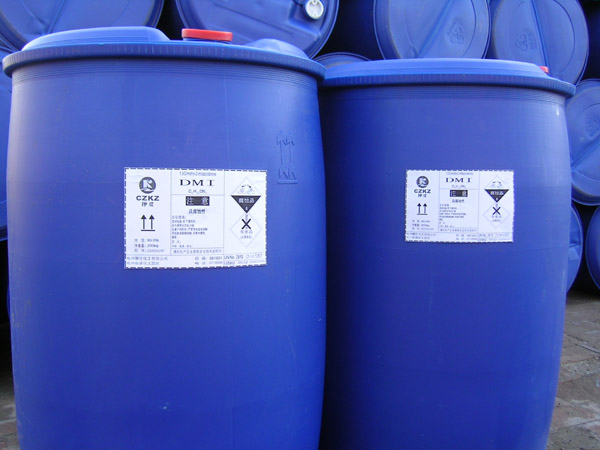
Waste mixed with other fuels and incinerated, combustion should be sufficient to prevent the generation of phosgene.
The nitrogen oxides in the incinerator exhaust are removed by acid scrubber.
5、Protection measures
Respiratory protection: When the concentration in the air exceeds the standard, you should wear a direct type of gas mask (half mask).
In case of emergency rescue or evacuation, wear an air respirator.
Eye protection: If necessary, wear chemical safety glasses.
Body protection: Wear anti-toxicant penetration work clothes.
Hand protection: Wear chemical resistant gloves.
Other: Smoking, eating and drinking are prohibited at the work site. After work, shower and change clothes. Store contaminated clothes separately and wash them for use.
Pay attention to personal cleanliness and hygiene.

 By Coco Ho
By Coco Ho
